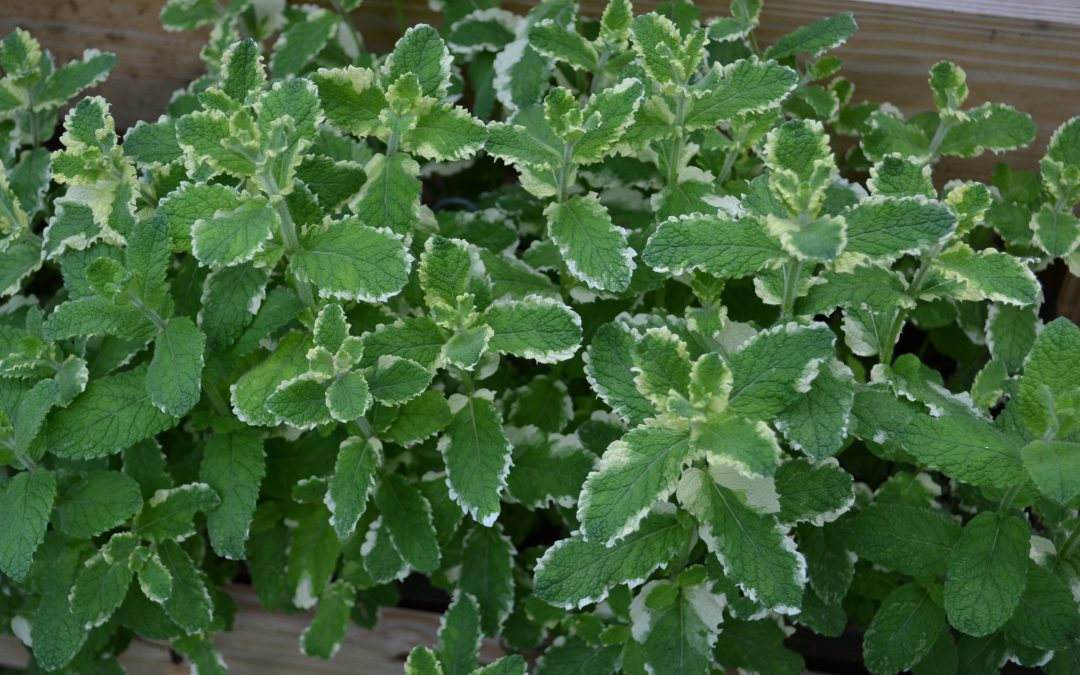
Video: Mint for the Garden and Kitchen
Mint is an easy herb to grow in the North Florida Garden. Learn the basics of plant care and culinary uses with UF IFAS Extension Escambia County’s Garden to Table series.

Mint is an easy herb to grow in the North Florida Garden. Learn the basics of plant care and culinary uses with UF IFAS Extension Escambia County’s Garden to Table series.
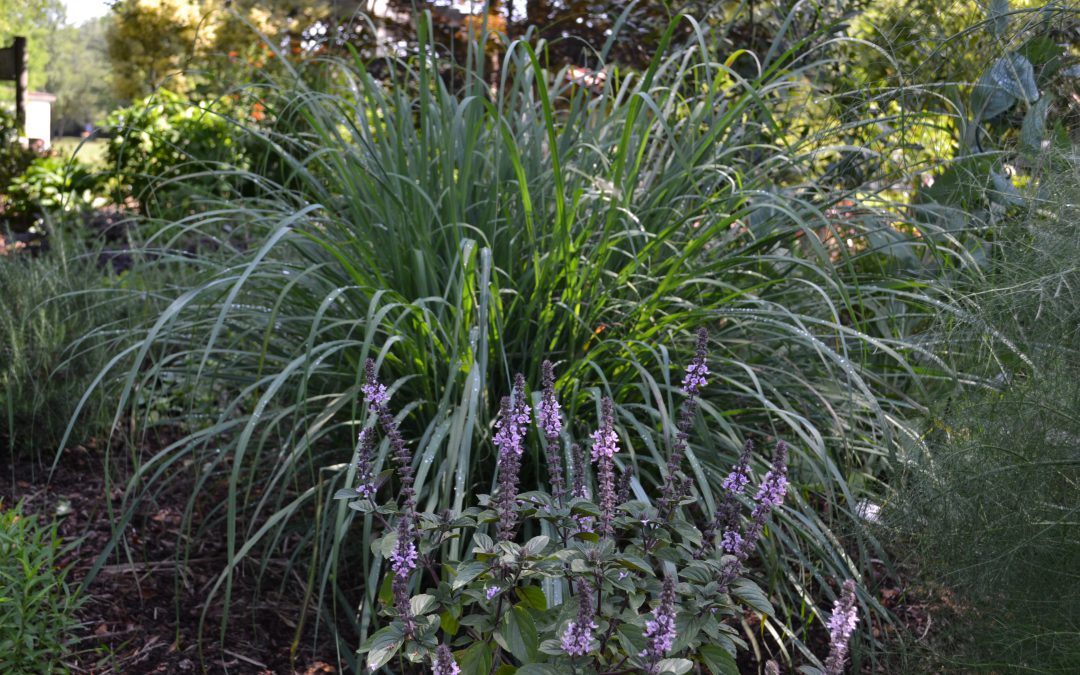
Lemongrass is an easy herb to grow in the North Florida Garden. Learn the basics of plant care and ideas for use in the kitchen with UF IFAS Extension Escambia County.
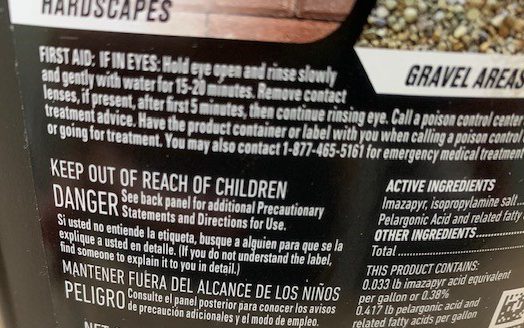
Pesticide labels are not exciting reading materials but they contain necessary details about the specific product. The label information helps you with many decisions to use the product correctly and protect yourself and the environment during the product use. Beth Bolles with UF IFAS Extension in Escambia County will share information about a readily available product and why you should always read through the complete pesticide label.
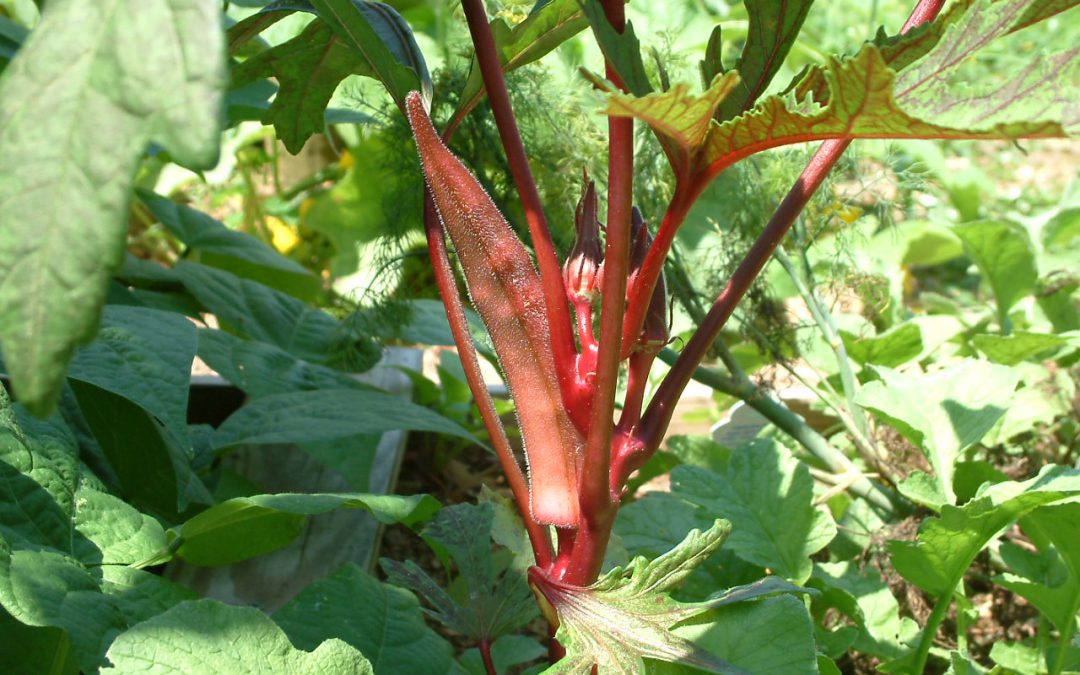
Learn about okra in summer’s heat and when to harvest for tender fruit with UF / IFAS Extension Escambia County.
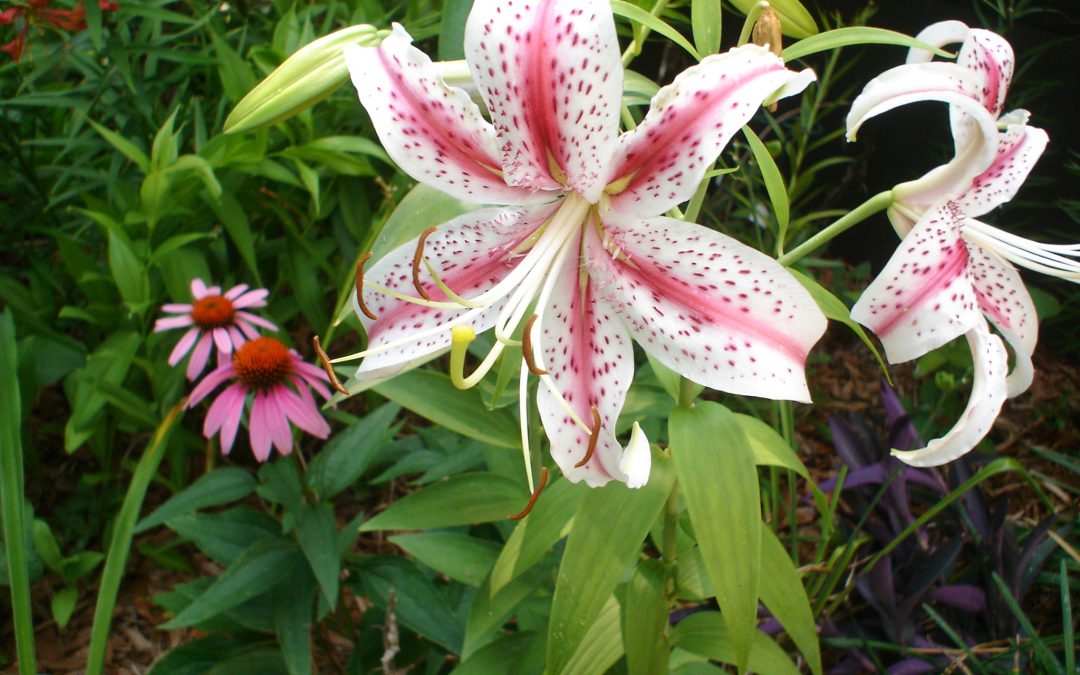
Lilies offer one of our most striking flowers in the garden. Learn a few basics about growing lilies in your own garden with UF IFAS Extension Escambia County Master Gardener Volunteers.